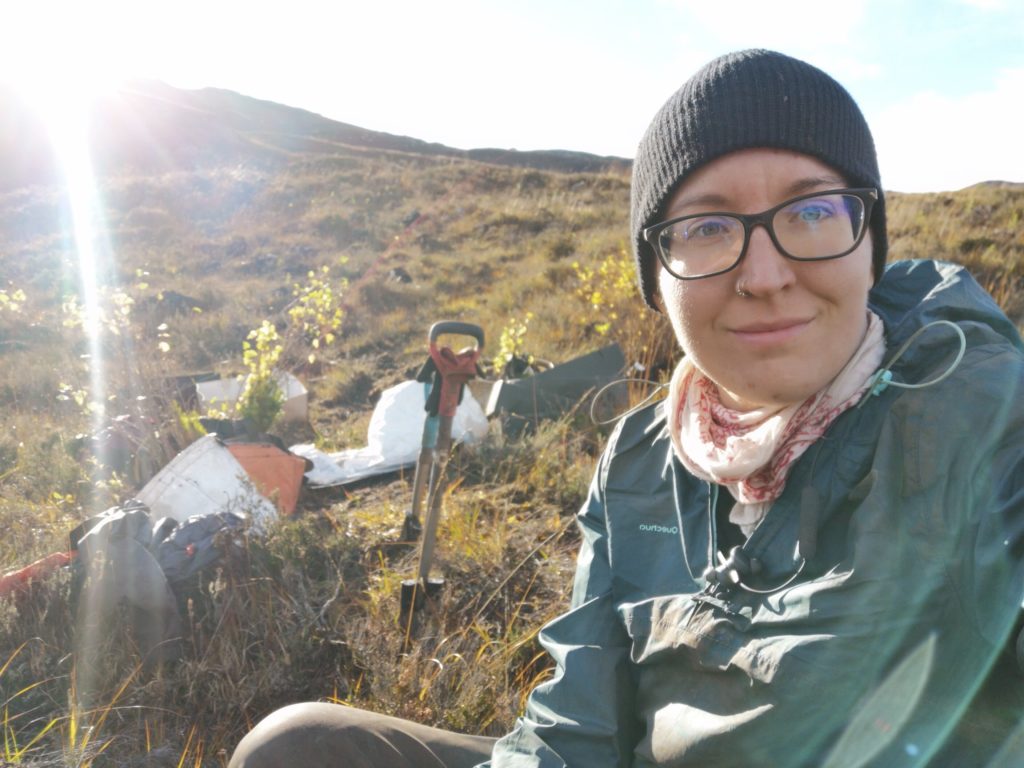When I started working as a tree planter, I believed that we’re helping the planet with all these tree-planting initiatives. But are we, really?
Working in forestry (mainly as a planter, but other jobs, too) for the past 3 years has allowed me to have a greater insight on how companies operate carbon offsets, tree planting initiatives, and “plant a tree” campaigns.
You might remember that in 2012, a group of people swarmed the island of Luzon, Philippines and sunk over a million mangrove seedlings into the mud. (And that only took them an hour!) It was a big deal that made every news headline all over the world. Even an official adjudicator arrived from Guinness World Records and declared this event as the new world record holder of most mangrove trees planted within an hour.
I bet you imagine that coastline to be lush green from all these trees planted there, right? Well, sorry to disappoint you… but a study in 2020 found that less than 2 percent of those trees had survived. And considering these trees were planted in 2012, they should be close to maturity at this point.
There have been many other tree planting initiatives over the last decade (or even more) that faced a similar fate. Aggressive tree planting became a policy for governments since 2011, when the world’s governments have agreed to the Bonn Challenge, an initiative that’s designed to restore 860 million acres of forest (that’s larger than India by the way) worldwide by 2030.
Sounds crazy, but overall that goal is realistic and achievable in that time frame. The only problem is the lack of follow-up on the progress of these efforts.

fbt
But what is carbon offset?
Carbon offset buy-in
Carbon offsets are programs or initiatives that implement a “measurable avoidance or reduction of carbon or other greenhouse gasses. They work in one of two ways: Consumers can support a carbon offset directly by themselves, meaning that you give money to an organization that works with people somewhere in the world and their job is planting a number of trees, based on the amounts of donations they get, for instance.
Plant a tree campaign
Or the other way is via so called “plant a tree” campaigns that are offered to customers as compensation for a purchase or service, or used by the company themselves to compensate for their own emissions. The green trend of carbon offsetting for a consumer’s purchase or service has very quickly become a huge industry and naturally, it has got a lot of people wondering if it matters at all.
It’s not enough to simply plant a tree in the ground somewhere to offset your carbon imprint if that tree dies in the next few months and never reaches maturity. Most of the times companies only inform you that your flight or product was offset, but there is no further information given about it. An average tree absorbs about 1 ton of CO2 in its lifetime, and with deforestation, intense agriculture, and wildfires, we need to keep trees safe, by protecting the ones we have and by planting new ones. However, many companies will mislead consumers into thinking that their services and products can be compensated for instantly because a tree is planted but it can take years for a tree to grow to a size that will have a measurable effect.
Greenwashing in reality
It is pretty much like green-washing the tree planting efforts as they only focus on how many trees are planted but nobody is actually checking if any of them are surviving.
The other problem is that you don’t really know if the tree is actually being planted or if it’s in a place where it’s native and can thrive to begin with. If the carbon offsets are purchased by a company through a broker or several brokers, it can become almost impossible to find out where the carbon offsetting is actually taking place, or even if it actually takes place.
Carbon offsetting is hard to navigate and became a misleading tool of marketing rather than something that leads to actual change. Some companies purchase carbon offsets and then promote their business as carbon neutral, as the purchased offsets are equal to their own emissions, however to consumers “going carbon neutral” can easily be misunderstood. When we hear about someone “going carbon neutral” we often think that they did something to improve their own footprint and their own products—not that they bought carbon offsets elsewhere.
Plant tree campaigns and carbon offsetting is also removing the focus from the companies completely. Instead of looking at the companies’ contribution to emissions and climate change, we celebrate them for the bare minimum because they didn’t actually change anything and often don’t calculate their entire business into offsetting (like airlines off-set your flights, but never the building of the plane or all the packaging they use to wrap your lunch and dinner).
I am also concerned about carbon offsetting and “tree-planting schemes” becoming a trend, because it takes the focus away from the fact that we need to reduce emissions across all parts of our economy, and simply carbon offsetting does not eliminate emissions, it often just shifts them.
Governments and organizations are quick to organist people to plant trees but spend little to no time with determining whether the site is viable for planting in the first place.
Because of poor planning and the desire to appear environmentally-friendly, companies and governments are throwing away millions or billions of dollars into projects that aren’t yielding effective results.
This field is under-regulated and companies can make these simplified claims like” buy one – plant one tree” where the primary goal is certainly not to plant trees, but to get more consumers purchase their product, and studies show that we are much more likely to buy something if we think we are also doing a good deed. These campaigns do not take into account that trees can take decades to remove significant emissions. They also do not take into account that planting trees is a labor and costs more than what they are advertising.
Campaigns where you get to off-set your travel by paying 1 or 2 Euros extra, or when you buy a beer for a dollar and get a tree planted with it, always got me wondering, how many trees they actually end up planting, because they certainly cannot produce the product you are buying and plant a tree for one Euro.
I have worked on a site in Scotland where we were planting trees to offset for the biggest plastic toy producing company. The whole process went through a broker, who contracted someone who then contracted us, planters through my ex-company. The trees were planted in a far away, rocky land with no foreman to check and instruct our work but the contractor, who didn’t care if the trees survive. He just wanted the money from the big toy company for offsetting, and having no foreman for only rookie planters (meaning most of us planted there for the very first time), he could pick on any mistakes and pay less (an our price was already too low – 0.07 pennies for a tree). That is just one really bad example of taking advantage of situations and exploiting workers and cheating on the customers.
And one of the main reason why I changed company and moved to France where I met real professionals and great companies and forestry who actually know what they do and do care about the trees being planted well, in the right environment and the workers are treated fairly, given a compatible wage and being taken care of. Where the good planter is the one who plants good quality trees – even if the number of trees is a bit less, and not the one who jots in 3k trees a day but the next day they have to be replanted, or they die within a few months because of bad planting. And here we not only plant the trees but keep brushing and maintaining them season by season, to make sure they survive (and replace the dead ones), so what you offset is really being offset on the long run.
If you want to know which projects are legit and which ones are not, look for certificates, results, and look for the profile of people that are working with the project. Look at the entire company, not just their carbon offsetting or tree planting ads– the ones who are legit ambitious regarding green actions will have taken steps other than carbon offsetting, like using renewable energy and such.
Planting a tree will never compensate for unnecessary products and over-consumption, but in cases where you have to buy something, or you have to transport yourself somewhere, carbon offsetting is a great idea to begin with when done properly.
Get more like this—Sign up for our daily inspirational newsletter for exclusive content!
__
Photo: Imola Toth




